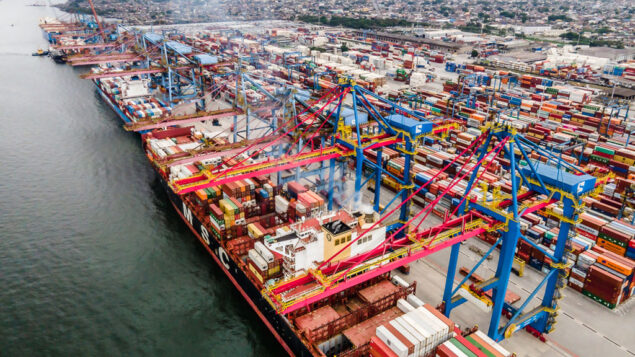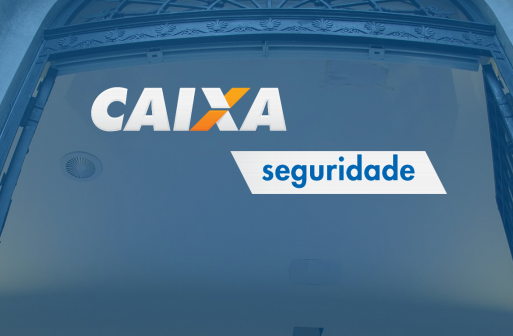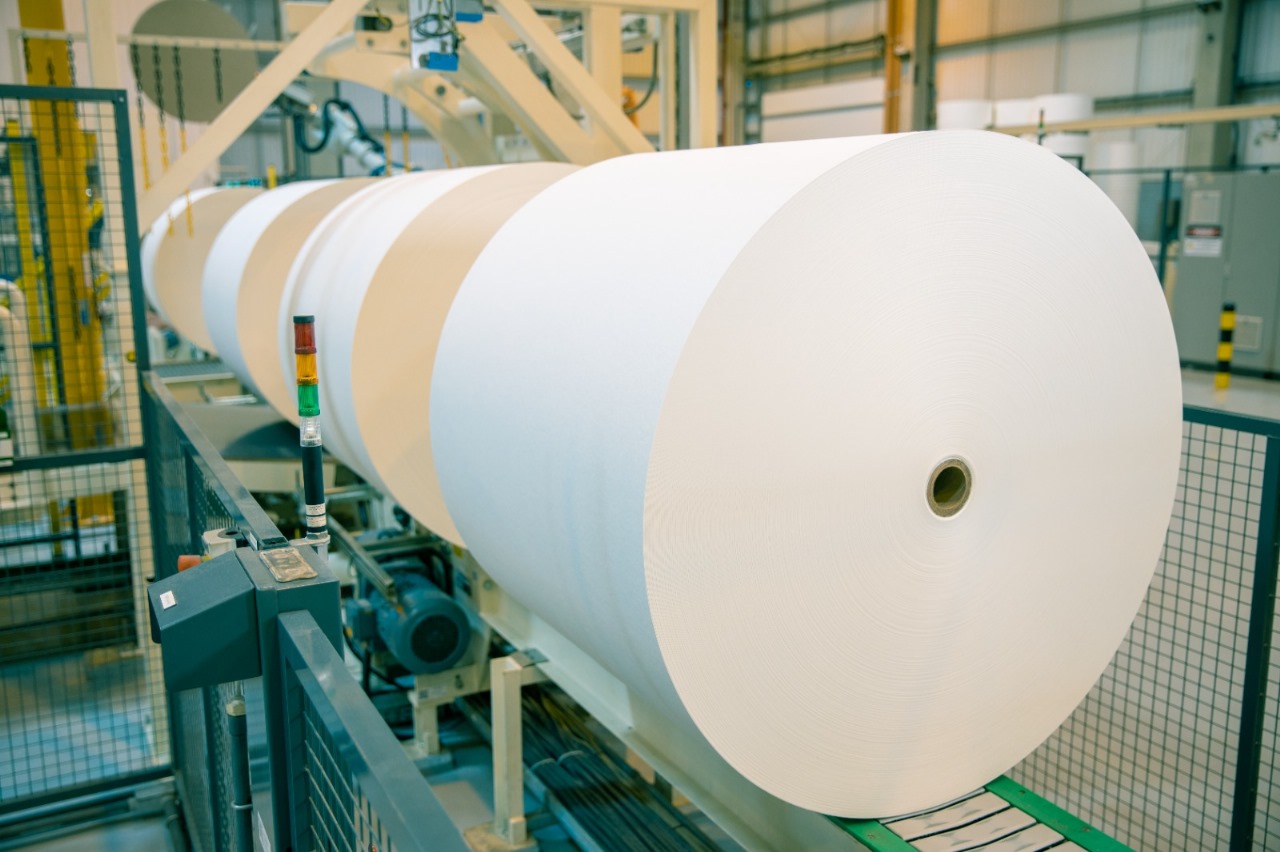
Romo will invest R$2.5 billion to build a new grain terminal in the Port of Santos – anticipating an increase in production volumes in the Midwest, which will require greater flow capacity.
Romo reached an agreement with DPW to build the terminal, which will have a capacity of 12.5 million tons/year – shipping 9 million tons of grain for export and receiving 3.5 million tons of imported fertilizer.
DPW – Dubai's logistics operator – will provide port operating services for 30 years, in addition to receiving remuneration for the use of part of the authorized area of the port.
“We have to make sure that the Port of Santos has the capacity to maintain the current volumes, but also the volumes in 5, 10 and 15 years,” said Pedro Palma, CEO of Romo. Brazil Magazine.
According to him, the investment is part of a series of Romo projects to improve the infrastructure for transporting grain that leaves the Midwest and goes to Santos and from there it is mainly exported to Asia. In 2020, for example, Romo renewed its Mal Paulista franchise. Last year, construction of the north-south railway, linking Tocantins and Goiás to Malha Paulista, was completed. Also last year, the extension of the Mato Grosso Line began: another 700 kilometers of railway lines connecting Rondonópolis and Lucas do Río Verde.
“There is still no bottleneck at Santos, but volumes are growing a lot and we have to get ahead of ourselves,” the CEO said.
Last year, Romo transported 32 million tons of grain and 3 million tons of sugar to the port of Santos. In the other direction, 3 million tons of fertilizer were imported from Porto to the Midwest.
Romo is expected to obtain licenses from Ibama by the end of this year and begin construction at the beginning of 2025. The works are scheduled to last 30 months, with the plant starting operation in 2027.
The CEO said one difference in the project is that it will feature a “rail pear” mechanism, a mechanism that allows wagons to load and unload without having to maneuver, reducing costs and gaining efficiency. He said: “The alternative would be to have multiple railway lines and maneuver from one side to the other, and switch to another line to unload the product, which is much more complicated.”
According to Palma, capital expenditures amounting to R$2.5 billion will be financed through loans; Rumo has room on its balance sheet to make this investment since its leverage is about 2x EBITDA.
“We aim to maintain leverage at around 2x-2.5x EBITDA. This project will in no way make us leave this level.
Romo is also considering bringing in a partner for the project, which would reduce the cost of the project capex. This partner is likely to be one of Romo's agribusiness clients – for example, a grain producer – as has happened in other downstream ventures.
Palma only opens the project return to analysts Sell side Working with a real IRR is only benefited by port operation (on a standalone basis) From 10%.
“Given the integrated chain, with greater ability to enhance rail volumes, the return is greater,” the CEO said.
Rumo is valued at R$40 billion on B3. The stock is up 19.5% in the past 12 months.
Pedro Arbex

“Friendly zombie guru. Avid pop culture scholar. Freelance travel geek. Wannabe troublemaker. Coffee specialist.”


:strip_icc()/i.s3.glbimg.com/v1/AUTH_59edd422c0c84a879bd37670ae4f538a/internal_photos/bs/2023/A/A/RegC4eSG2LRB27pMYWEg/1910-bdbr-telemkt0303-extra.01-frame-2769.jpeg)


